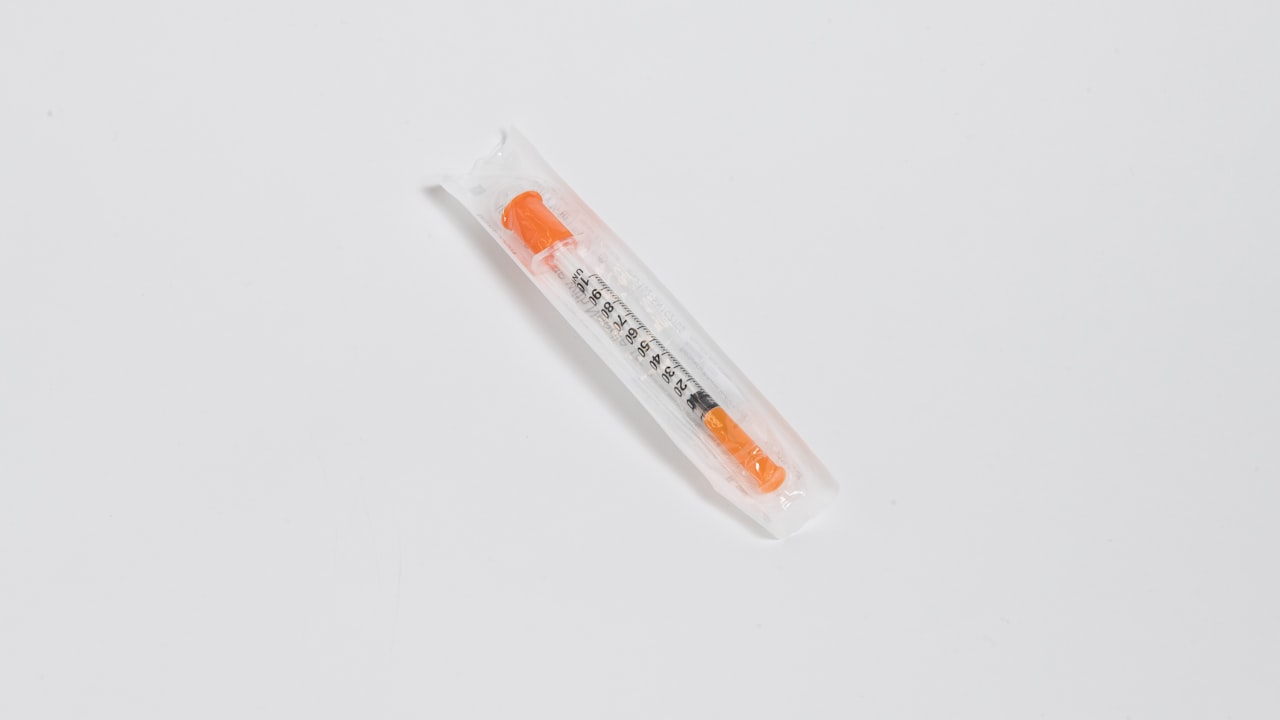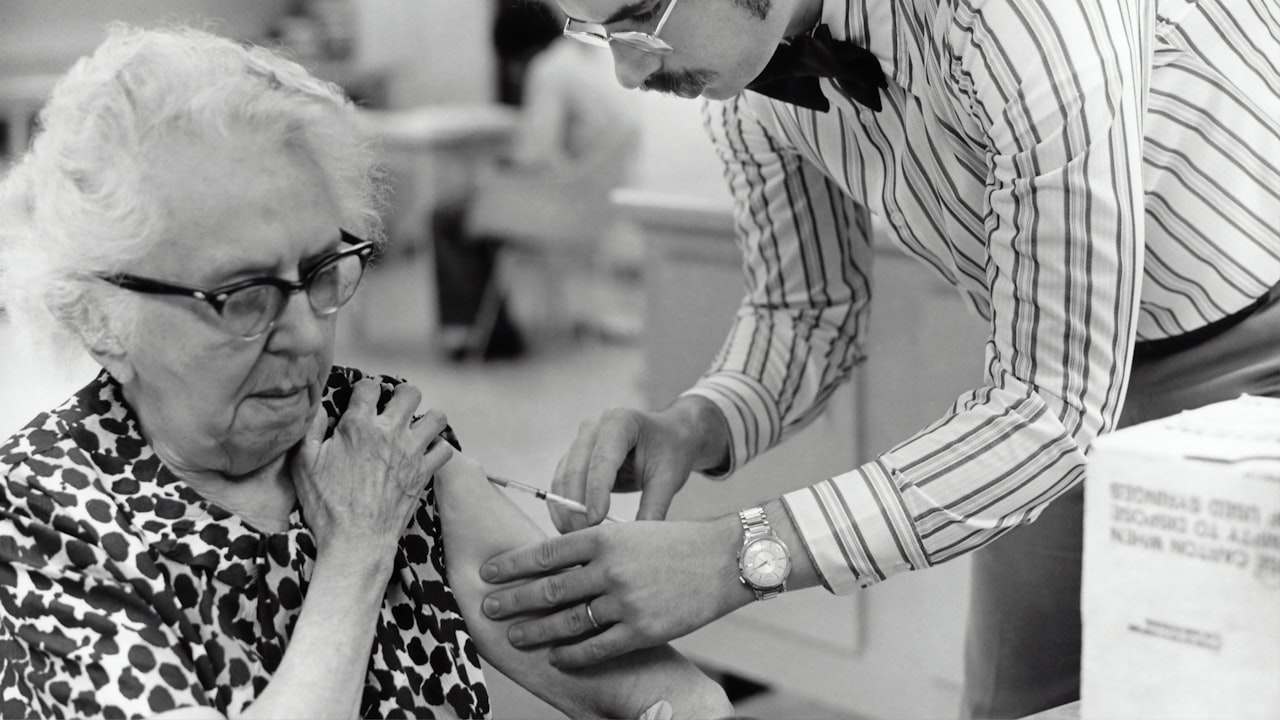 Title: **Designing Precision Injection Molds: A Comprehensive Guide**
Title: **Designing Precision Injection Molds: A Comprehensive Guide**
Injection molds play a crucial role in the manufacturing process of various products. As an essential tool in the production of plastic components, they ensure accuracy, consistency, and cost-effectiveness. In this article, we will delve into the intricacies of designing precision injection molds and explore the factors that contribute to their success.
**Understanding Injection Molds**
Injection molds are custom-made tools used in the injection molding process to produce plastic parts in large volumes with high precision. These molds are typically created from durable materials such as steel or aluminum to withstand the high pressures and temperatures involved in the injection molding process. To ensure the quality of the final product, it is crucial to design the injection mold with precision and attention to detail.
**Choosing the Right Injection Mold Factory**
Selecting a reputable injection mold factory is essential to the success of your manufacturing process. Look for a factory with a proven track record of producing high-quality molds that meet your specific requirements. A reliable injection mold supplier will have state-of-the-art equipment, skilled technicians, and a thorough understanding of the injection molding process.
**Factors to Consider in Injection Mold Design**
Several factors contribute to the successful design of injection molds. These include the material to be used, the complexity of the part, the required tolerances, and the production volume. Designing a mold that meets these criteria requires expertise and collaboration between the design team, the mold maker, and the injection molding factory.
**Collaboration Between Designers and Fabricators**
Effective communication between designers and fabricators is essential for optimizing the design of injection molds. Designers must provide detailed specifications and requirements, while fabricators must have the technical expertise to turn these designs into functional molds. Collaboration ensures that the final mold meets the desired specifications and produces high-quality parts consistently.
**Conclusion**
In conclusion, designing precision injection molds requires careful planning, expertise, and collaboration between all parties involved. By choosing the right injection mold factory, considering key design factors, and fostering strong communication between designers and fabricators, you can create molds that meet your production needs effectively. Remember, precision in mold design ultimately translates to precision in the final product.

 Title: Designing Optimal Injection Mold Tooling: Key Considerations and Best Practices
Title: Designing Optimal Injection Mold Tooling: Key Considerations and Best Practices Title: Designing High-Quality Injection Molds for Efficient Production
Title: Designing High-Quality Injection Molds for Efficient Production